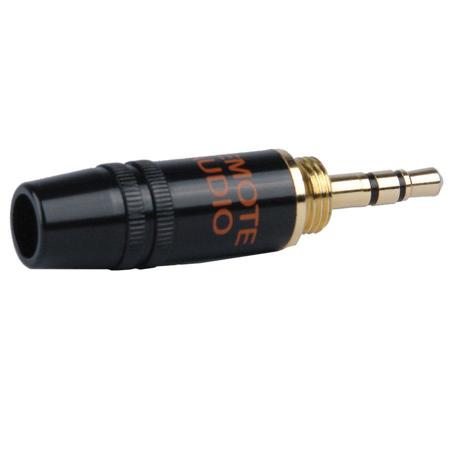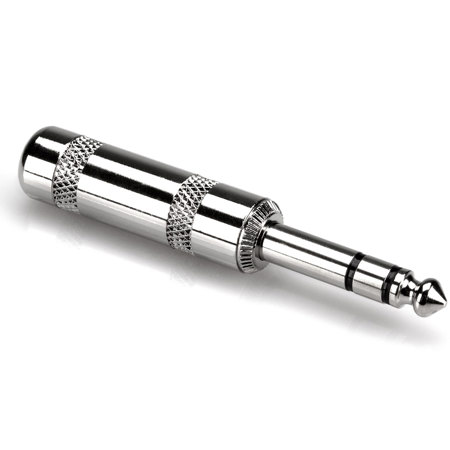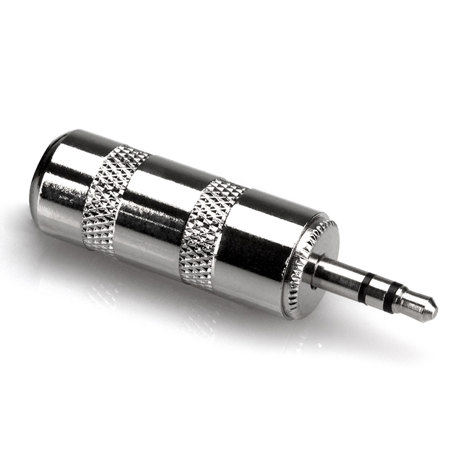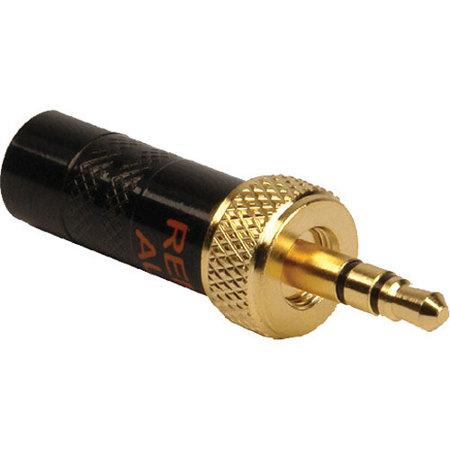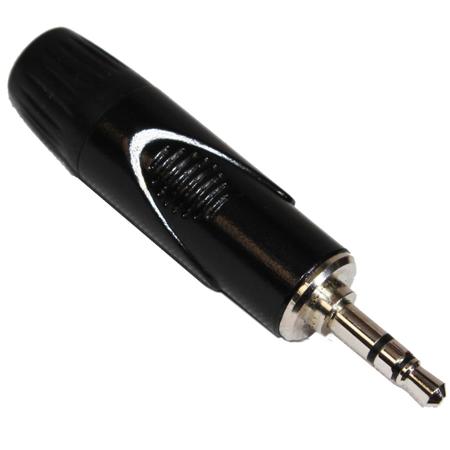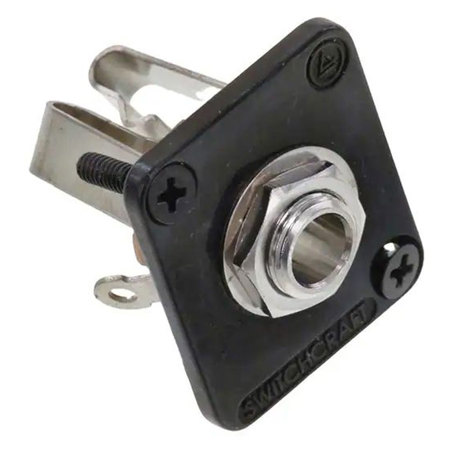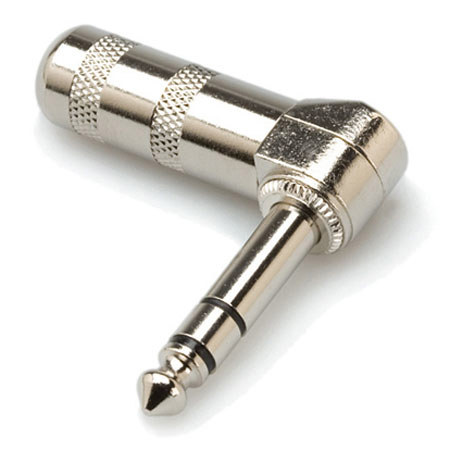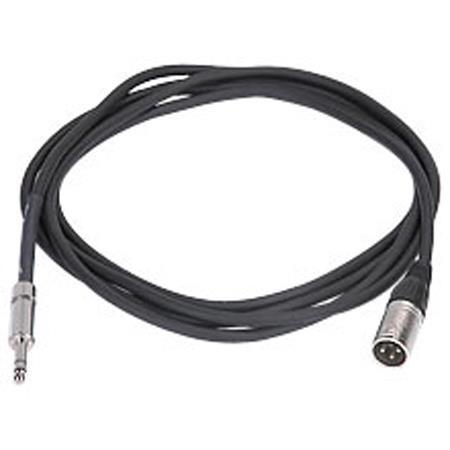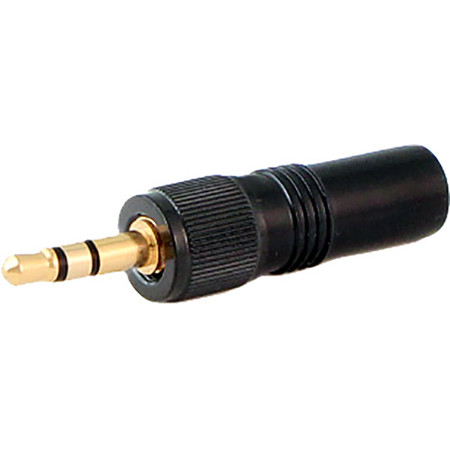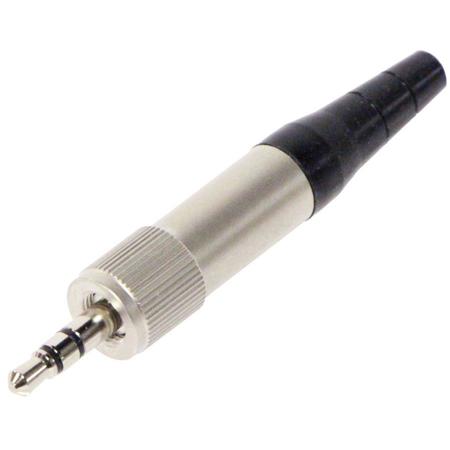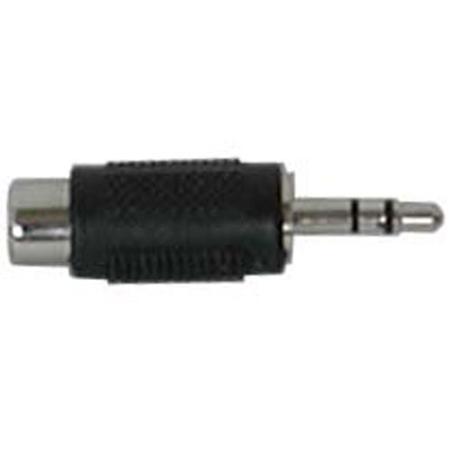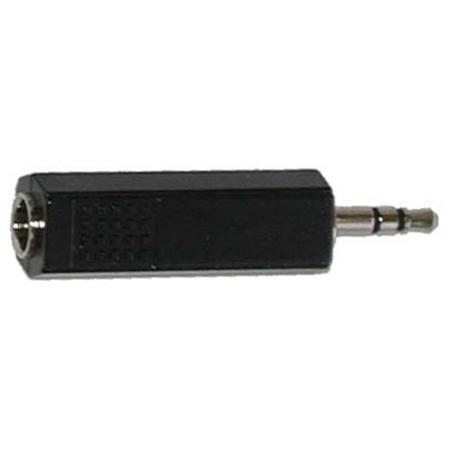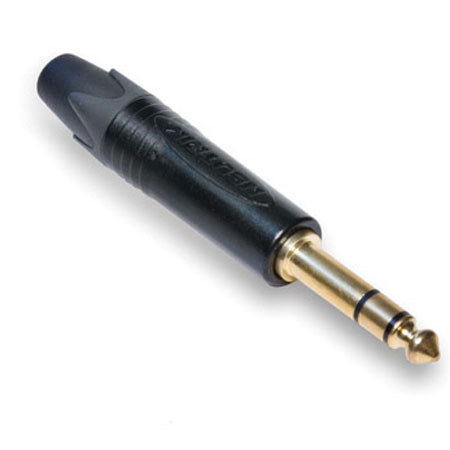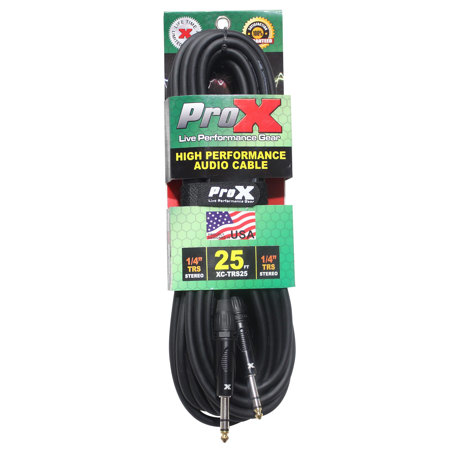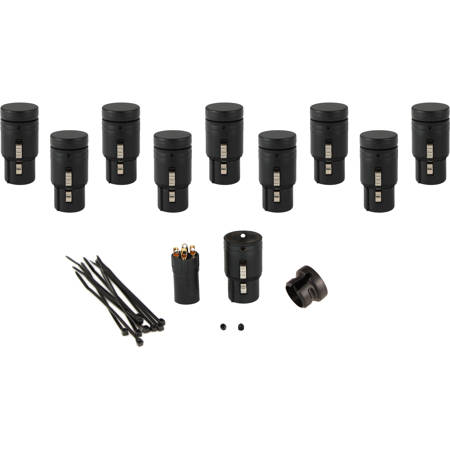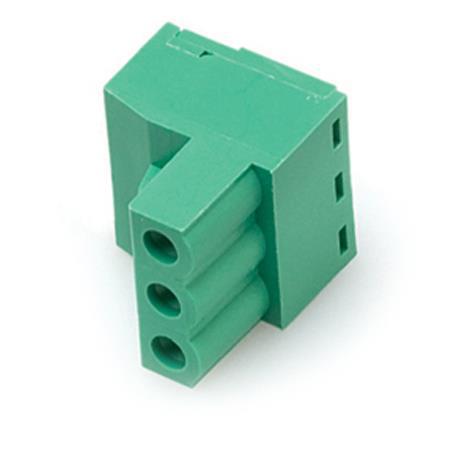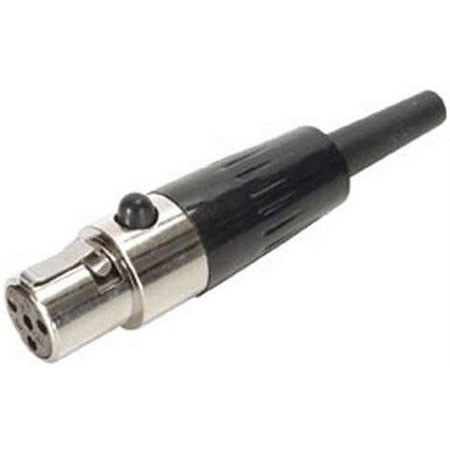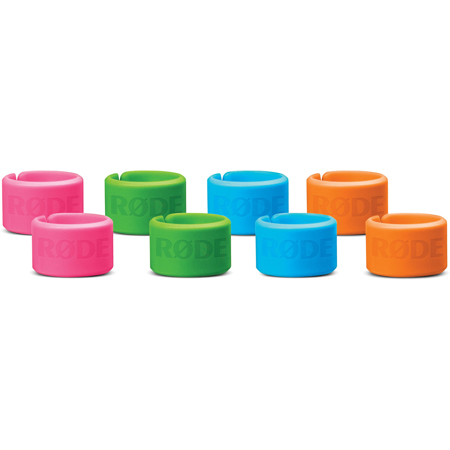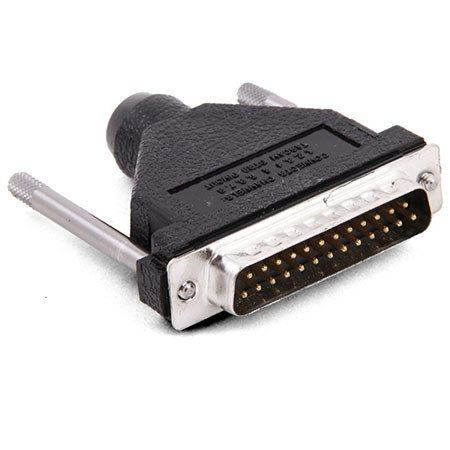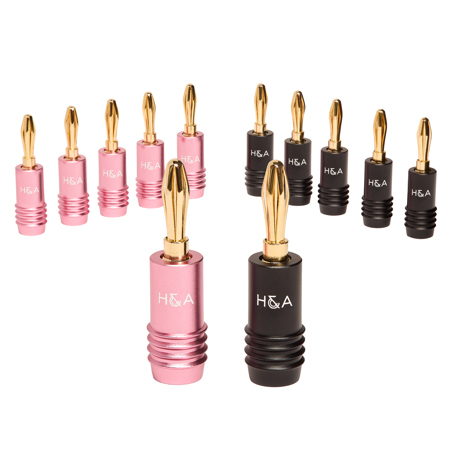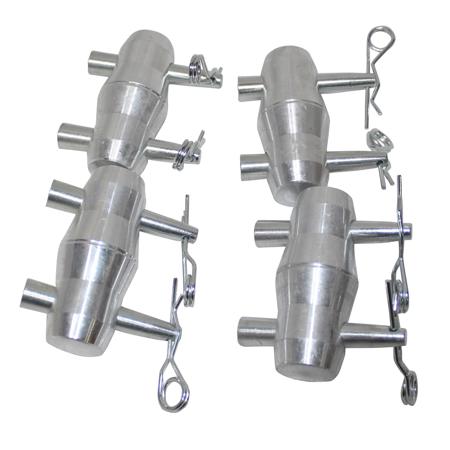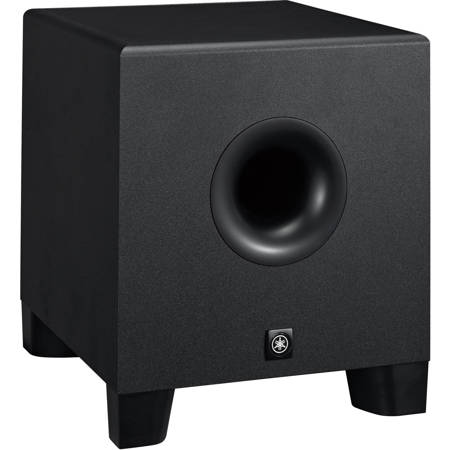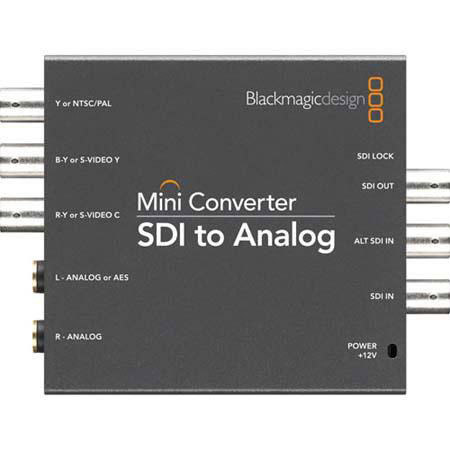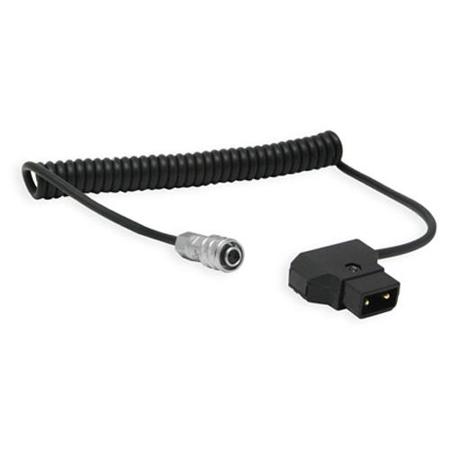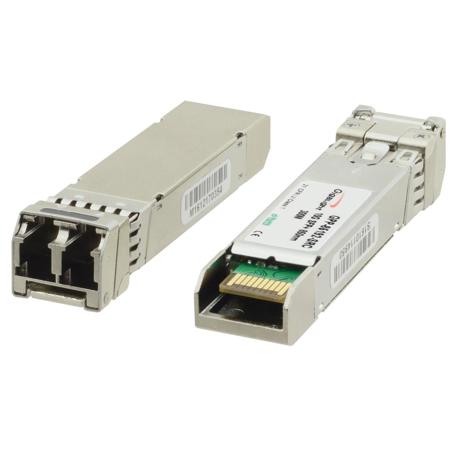TRS Connectors
TRS connectors, short for Tip-Ring-Sleeve connectors, are a cornerstone in the world of audio connectivity, known for their adaptability and reliability across a wide range of applications. Whether you're outfitting a home studio, upgrading your live sound rig, or simply looking to enhance your personal listening experience, understanding the nuances of TRS connectors can make all the difference. These connectors, easily identified by their three distinct sections, are designed to carry either balanced mono signals or unbalanced stereo signals, depending on their configuration and size. The 1/4-inch TRS connector is a common sight in professional audio environments, such as mixing consoles, studio monitors, and instrument cables. It’s prized for its ability to transmit balanced audio, which reduces unwanted noise and interference—an essential quality for recording engineers and live sound technicians who demand pristine audio fidelity. On the other hand, the 3.5 mm TRS connector, often referred to as a mini-jack, is ubiquitous in consumer electronics, connecting headphones, portable speakers, smartphones, and laptops. Its compact size and versatility make it a staple for on-the-go musicians, content creators, and anyone who values high-quality stereo sound in a portable package.
When considering which TRS connector to purchase, it’s important to think about the specific requirements of your setup. For musicians and audio professionals, the choice between TRS vs TRRS can be particularly significant. While TRS connectors offer three conductors for stereo or balanced mono signals, TRRS connectors add a fourth conductor—often used for combining stereo audio with a microphone channel, as seen in many headset designs. Understanding this distinction ensures you select the right connector for your equipment, whether you’re patching into a mixing board or plugging into a smartphone for mobile recording. Another key consideration is the gender of the connector; a female TRS connector is essential for extending cables or creating custom patch bays, offering flexibility and convenience in complex audio environments. With the arrival of fall and the start of a new creative season, many audio enthusiasts find themselves refreshing their gear in preparation for new projects, performances, or simply enjoying music in the crisp September air. TRS connectors also make thoughtful gifts for aspiring musicians, podcasters, or anyone passionate about sound, providing a practical upgrade that can be appreciated every time they connect their favorite equipment.
TRS connectors are not just limited to audio professionals; they’re integral to everyday listening and communication for people of all backgrounds. Students returning to campus may rely on durable 3.5 mm TRS connectors for their headphones or study sessions, while educators and presenters use them to ensure clear audio during lectures and presentations. Audiophiles and home theater enthusiasts value the superior signal integrity of high-quality TRS connectors when connecting amplifiers, DACs, or speakers, ensuring every nuance of their favorite albums is faithfully reproduced. For those building or expanding their audio systems, paying attention to cable length, connector material, and compatibility with existing gear can help avoid signal loss and ensure long-lasting performance. As you explore the world of TRS connectors, you may also encounter related connection types—such as XLR for microphones or ST Connectors for optical audio and networking—each with its own unique strengths. By choosing the right TRS connector for your needs, you’re investing in a seamless, high-quality audio experience, whether you’re creating, performing, or simply enjoying the sounds of the season.
When considering which TRS connector to purchase, it’s important to think about the specific requirements of your setup. For musicians and audio professionals, the choice between TRS vs TRRS can be particularly significant. While TRS connectors offer three conductors for stereo or balanced mono signals, TRRS connectors add a fourth conductor—often used for combining stereo audio with a microphone channel, as seen in many headset designs. Understanding this distinction ensures you select the right connector for your equipment, whether you’re patching into a mixing board or plugging into a smartphone for mobile recording. Another key consideration is the gender of the connector; a female TRS connector is essential for extending cables or creating custom patch bays, offering flexibility and convenience in complex audio environments. With the arrival of fall and the start of a new creative season, many audio enthusiasts find themselves refreshing their gear in preparation for new projects, performances, or simply enjoying music in the crisp September air. TRS connectors also make thoughtful gifts for aspiring musicians, podcasters, or anyone passionate about sound, providing a practical upgrade that can be appreciated every time they connect their favorite equipment.
TRS connectors are not just limited to audio professionals; they’re integral to everyday listening and communication for people of all backgrounds. Students returning to campus may rely on durable 3.5 mm TRS connectors for their headphones or study sessions, while educators and presenters use them to ensure clear audio during lectures and presentations. Audiophiles and home theater enthusiasts value the superior signal integrity of high-quality TRS connectors when connecting amplifiers, DACs, or speakers, ensuring every nuance of their favorite albums is faithfully reproduced. For those building or expanding their audio systems, paying attention to cable length, connector material, and compatibility with existing gear can help avoid signal loss and ensure long-lasting performance. As you explore the world of TRS connectors, you may also encounter related connection types—such as XLR for microphones or ST Connectors for optical audio and networking—each with its own unique strengths. By choosing the right TRS connector for your needs, you’re investing in a seamless, high-quality audio experience, whether you’re creating, performing, or simply enjoying the sounds of the season.
